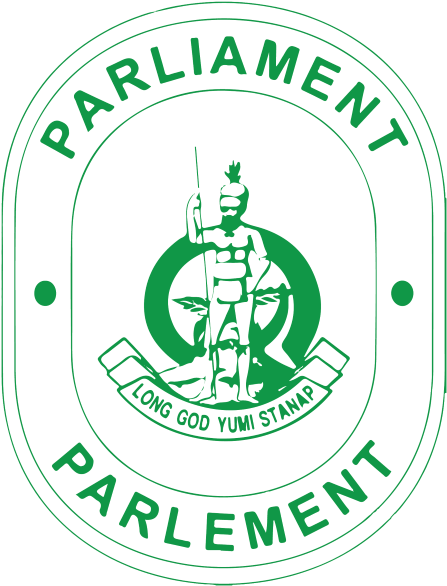History of Vanuatu
Vanuatu uses what is called "the Westminster model" of government. Like most Commonwealth countries, this is actually different in some important ways from the British system whose Parliament is at Westminster. That one has:
- Parliamentary sovereignty.
- A head of state with few powers.
- A bipartisan (two-sided) and bicameral structure (with an Upper and a Lower House of Parliament).
- Executive control through a strong one-party Government.
- A suffrage-based electoral system (people, not only land-owners, vote) and;
- No entrenched (hard-to-change) Constitution
In most Commonwealth countries, those have changed. Parties may still be strong, but there are usually more than two of them, and the Government may be formed from more than one (a coalition government), though the executive may still be controlled by a one-party Cabinet. Many countries now have a written Constitution which is entrenched - built in to the structure of the government - and can only be changed with extra difficulty.
The Vanuatu form of government is quite similar to those of other Commonwealth countries. What makes it different is the French influence. That is probably why the Head of State is called the "President" and not, say, the "Governor". Unlike other Pacific states, the colonial Government never installed a local government, whether French or British, so what has come out is designed especially for the needs of Vanuatu. An example of that is the National Council of Chiefs (Malvatumauri), which is elected, and has advisory powers under Articles 27 and 28 of the Constitution.
